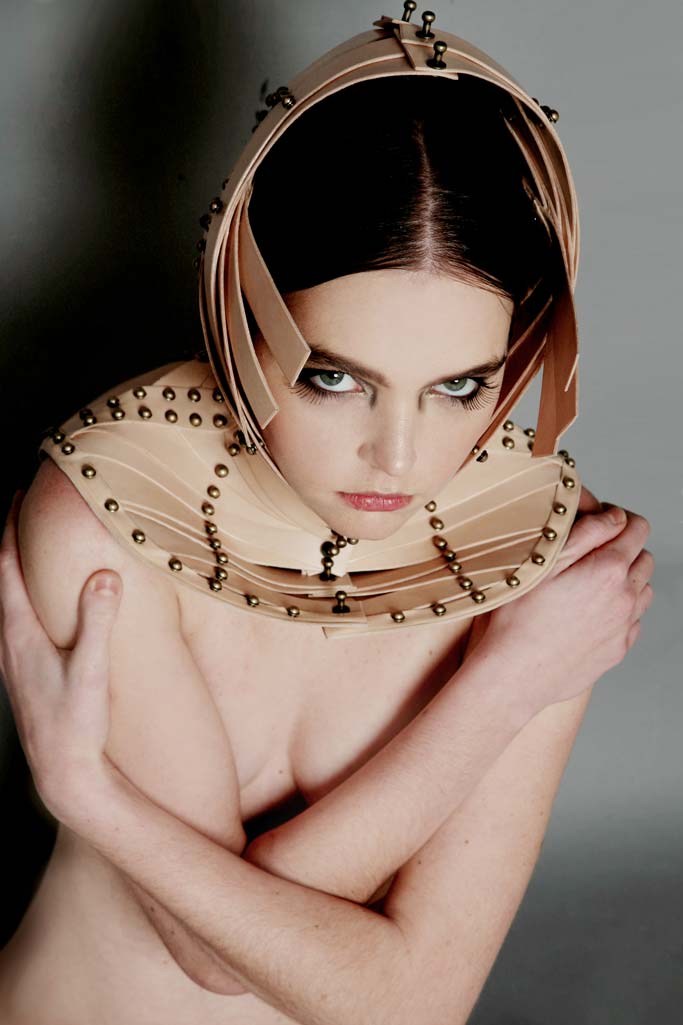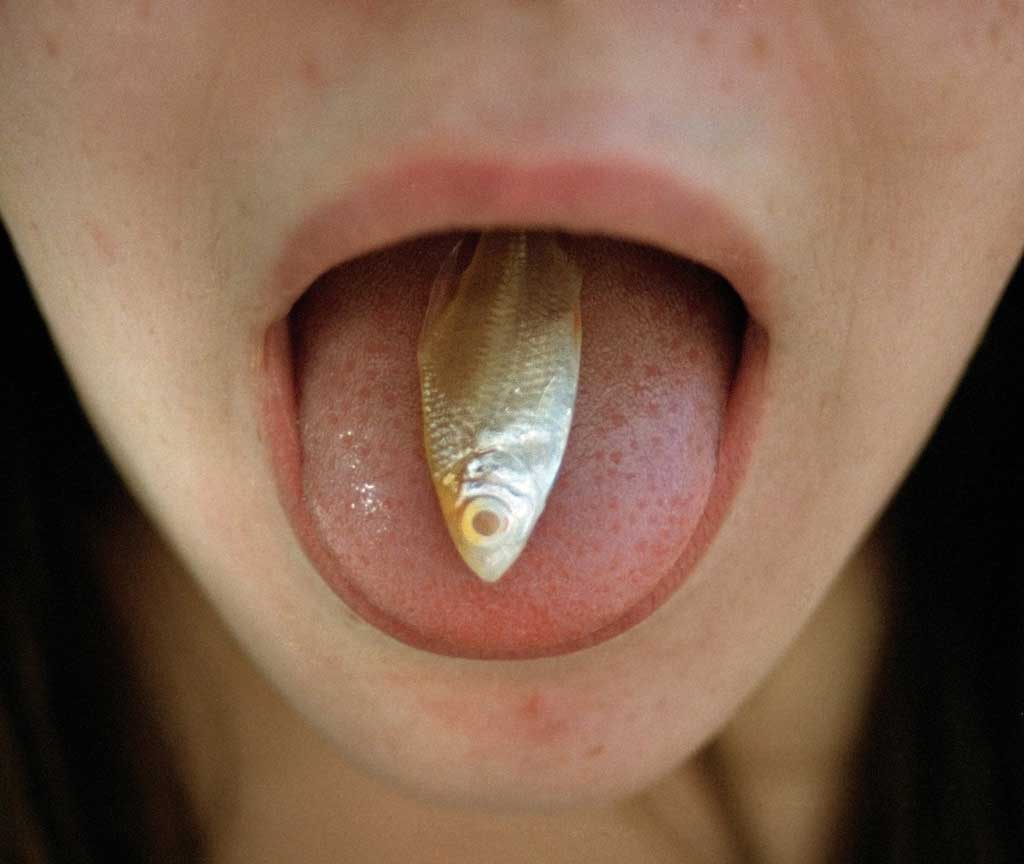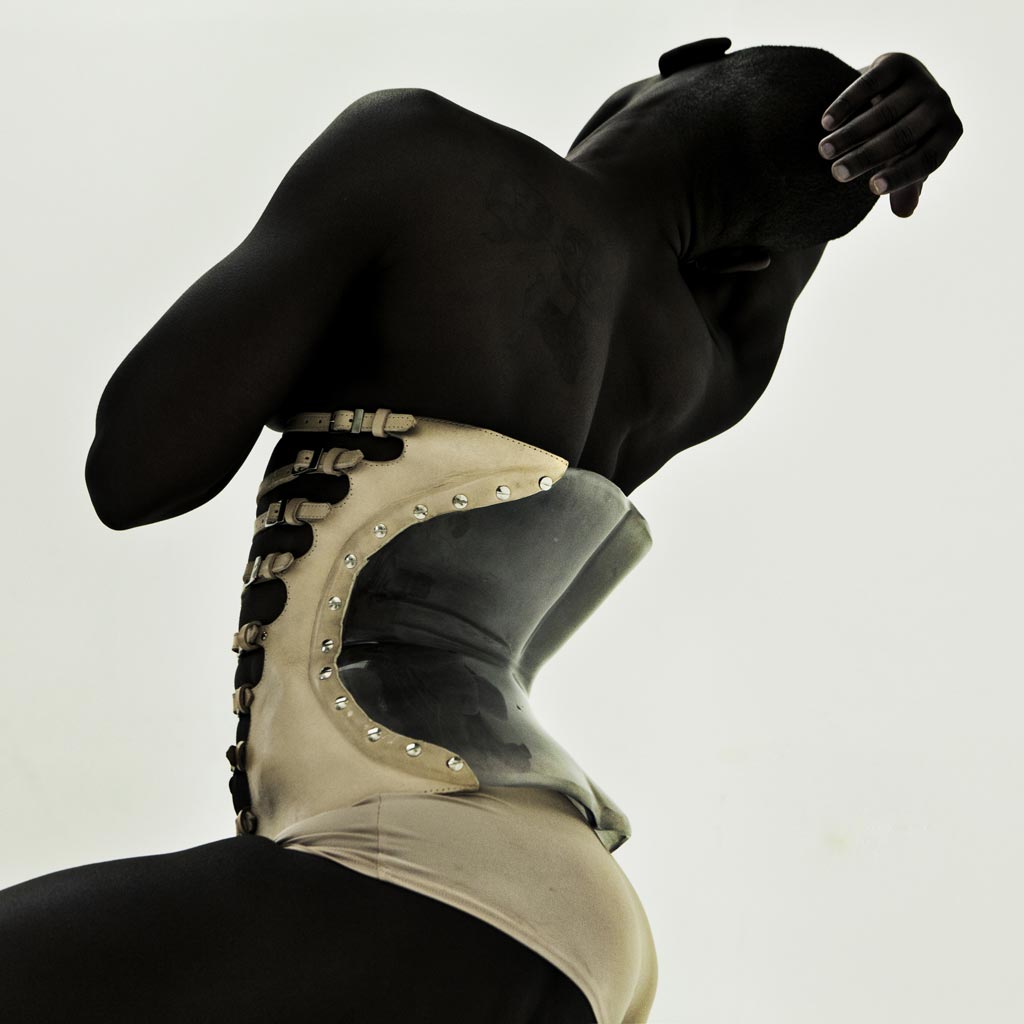
One Collection, infinite stories: Trauma.
The elaboration of painful experiences through the lens of the ITS Arcademy collection.
03 Agosto 2023
This is something we’ve often seen over the past two decades in fashion designers who have entered the ITS competition. They embark on creative projects to cope with or process negative experiences in their lives. The ITS Collection includes items from many of these therapeutic design journeys.
Trauma is a subjective and individual experience to which everyone reacts differently.
The commonly accepted responses are fight, flight, freeze or fawn, sometimes called the 4 Fs of trauma. They are rooted in our brains since the beginning of time, a survival behaviour we can still observe today in the animal kingdom when faced with very real threats: when a tiger is about to attack us, sometimes we might decide to fight back. Others, we might choose to run away, or freeze and play dead. Again, we might choose to behave in a way that we think will please the attacker and convince it to spare us. We do the same with psychological trauma, and each of these reactions can have a positive or negative side, depending on how aware we are.
But how do you overcome trauma?
Since it is a subjective experience, each of us needs to follow their own healing path, and professional advice is essential to understanding what journey we need to take. But often it is our passions, the things we do that bring us joy, that make us feel whole and give meaning to our daily lives, that we can confidently challenge with the resolution of complicated tasks like processing trauma.
In 2009, Una Burke was selected with a collection of artefacts that explored the causes, physical and psychological effects, of trauma and the journeys people take to heal. Her conceptual collection pieces were made for contemplation, void of the human body and meant to be observed in an art gallery setting. However, they could also be disassembled into sections to be combined with other garments and worn as structured fashion accessories.
Her sculptural forms created around the shape of the contorted female body to describe various emotions, and reminiscent of prosthetics and medical braces, explored the potential for healing within the boundaries of something which inhibits the body. Carcass-like in form, each piece was handcrafted from vegetable-tanned leather meant to resemble human flesh.
The interpretation of this work – something Una Burke underlined in the introductory text to her collection – will always be subjective depending on the outlook of the individual as a consequence of their own past traumatic experiences.







In the same year that Una Burke entered the ITS competition, Elizabeth Eiten, a photographer selected for our ITS Photo competition, used photography and composition as a means to heal parts of herself that were too frightening to verbalise. Elizabeth’s subject for her outstanding photo series was simply what she knew. She had grown up with her grandmother, an artist who also owned a 1600-acre hunting camp in northern Michigan. To survive the isolation, she spent her weekends and summers studying wildlife and making art. These interests became her coping strategies as a survivor of trauma.
Planning and designing the compositions for her photographs became her therapy. She wasn’t afraid to work with dead animals because she felt dissociative emotions in doing so and because she felt the symbolism was necessary. When she finished a piece and sat down with it, she knew she was portraying the horror and reality of her own experience. She exhibited her artwork because there are people who cannot put their experiences into words, and she wanted to show them that there are other ways of expressing themselves on the path to healing from trauma.
This led to a radical change in her career: today Elizabeth is a professional trauma psychotherapist, EMDR therapist, and meditation coach.







We often need to deal with negative experiences connected to our childhood, as is the case with ITS Contest 2015 finalist Hiroki Kataoka. Trauma can be related to a physical condition: as a child, Hiroki suffered from a skin disease that didn’t allow him to swim in the ocean with his friends during the summer holidays. It was the first time he felt different from others, and the sea became a symbol of a place where one longs to go but cannot. A kind of unreachable treasure, a locked-away world that can only be imagined or observed from afar.
For Hiroki, coming to terms with these memories meant translating them into surreal footwear that encapsulated a mix of autobiographical references. His shoes represent the worlds he imagined as a kid, a fictional oceanic aquarium of sparkling colours and fish-like shapes. At the same time, he wanted these sculptural footwear artefacts to trigger a reaction in people with similar condition, as a tribute to their situation of being trapped in a mysterious world that prevents them from doing what they love.






Growing up in a family of orthopaedic technicians, ITS Contest 2013 accessories finalist Annelie Gross had been familiar with physical trauma her entire life. At the age of 6 she started gymnastics, unintentionally in contradiction to an orthopaedic approach to health: putting her body in graceful but uncomfortable, traumatic positions. While the unnatural poses in gymnastics appear attractive, the unnatural body positions caused by disease or deformity and treated by orthopaedics are associated with a sense of discomfort and trigger psychological trauma.
Her body pieces collection lies at the intersection of a sensual movement and something that looks similar, but actually evokes an opposite feeling, forcing the wearer into complicated positions which hint at deformity and develop a new code of aesthetics. In Annelie’s case, the trauma is constantly in the background. Her focus has been on adding an element of beauty to the functionality of orthopaedics, but the conversation that is visually triggered through her pieces is one of constantly being on the edge of trauma and choosing to look at it from a different angle, positively accepting one’s condition and transforming something often ugly and uncomfortable like orthopaedics into something beautiful and not just functional.








The First Exhibition – 20 Years of Contemporary Fashion Evolution, on display at the ITS Arcademy Museum of Art in Fashion until February 4th, 2024, showcases many examples of projects created as a way to overcome trauma, in addition to those mentioned above. There are hundreds of fascinating perspectives to discover while exploring the universal values of the ITS Collection, and the theme of trauma is just one of them.
If you are interested in researching specific aspects of our extensive ITS Collection, which includes over 15000 extraordinary design items, we can organise tailored sessions, all you need to do is contact us.